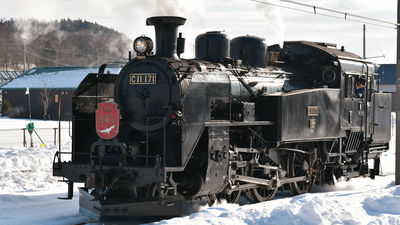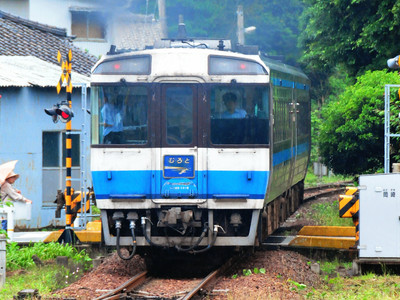I went to see the Rumoi Main Line, which is about 100 years old [Fukagawa-Rumoi]

One of these 'difficult-to-maintain lines' is the 'Rumoi Main Line' that connects Fukagawa City with Rumoi City and Mashike Town. It has already been decided that the Rumoi-Mashike section will be abolished on December 4, 2016, and the remaining Fukagawa-Rumoi section will also be considered for conversion to buses.
This time, when I didn't know that Fukagawa and Rumoi would be like this, I had the opportunity to go to Mashike and took a picture, so I decided to summarize it to keep the appearance of the Rumoi main line.
About submission of railway business abolition notification for Rumoi Line (Rumoi / Mashike) --JR Hokkaido
(PDF) http://www.jrhokkaido.co.jp/press/2016/160428-3.pdf
About lines that are difficult to maintain by our company alone --JR Hokkaido
(PDF) http://www.jrhokkaido.co.jp/press/2016/161118-3.pdf
This time, I will use a rental car for the convenience of shooting and moving on site, but in order to enjoy the atmosphere of railroad movement as much as possible, I decided to move on a schedule close to hair growth.
The first train bound for Rumoi leaves Fukagawa Station at 5:44. There is no train from Sapporo in time for this time, so if you want to get on, you can either stay at only one business hotel in Fukagawa or stay at Asahikawa and board Super Kamui No. 2 departing at 5:18. So, early morning Asahikawa station. Actually, I would like to see the departure of Super Kamui, but it takes about 20 minutes by train and about 50 minutes by car, so I will depart first.
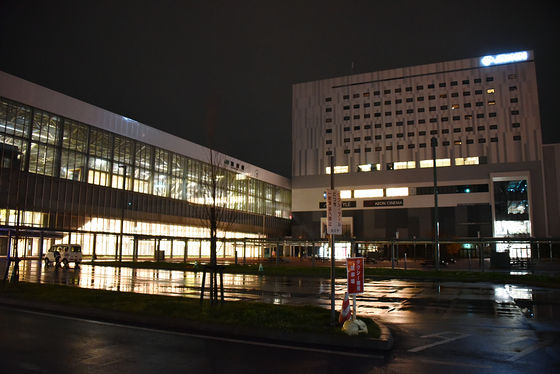
◆ Fukagawa Station
Ahead of Fukagawa station.
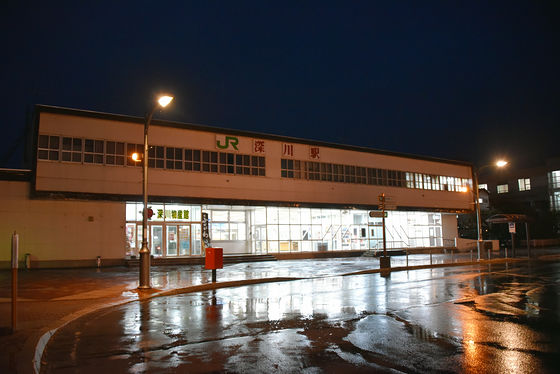
For hair growth sandwiched between Super Kamui.
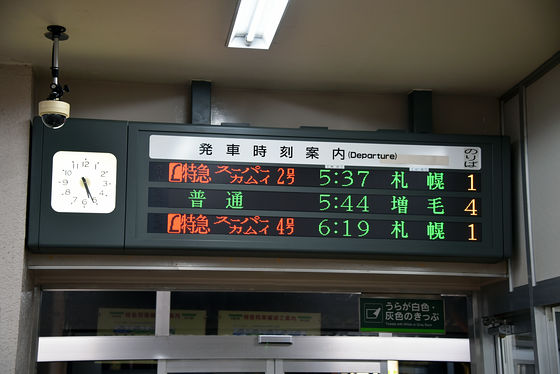
At the station, the history of the Rumoi Main Line will be displayed on a panel in line with the abolition ...
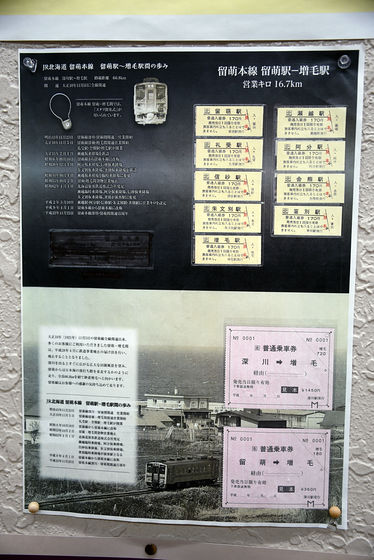
Hard ticket admission tickets were on sale.
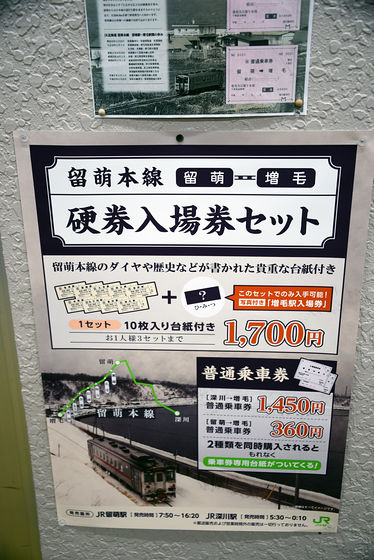
Fare table. It costs 2160 yen between Sapporo and Fukagawa, 640 yen between Fukagawa and Asahikawa, 1070 yen between Fukagawa and Rumoe, and 1450 yen between Fukagawa and Mashike.
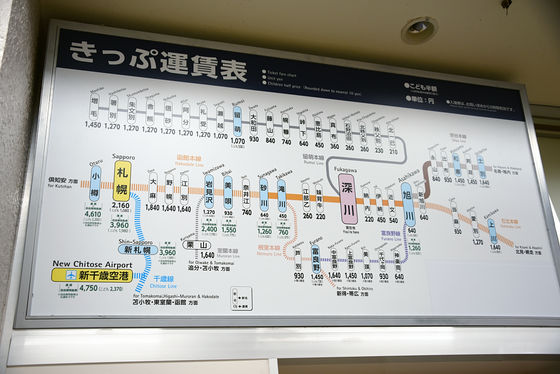
Buy an admission ticket and go inside the station. Mashike was already waiting for me at the opposite platform.
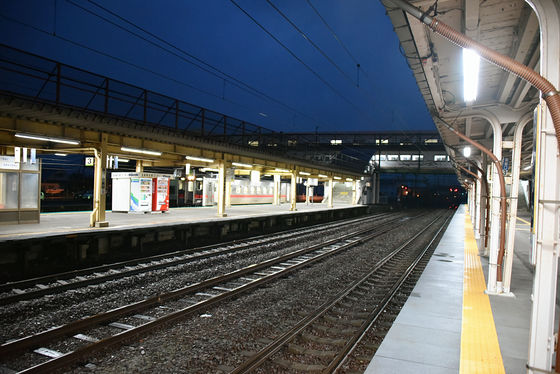
Cross the overpass to Platform 4.
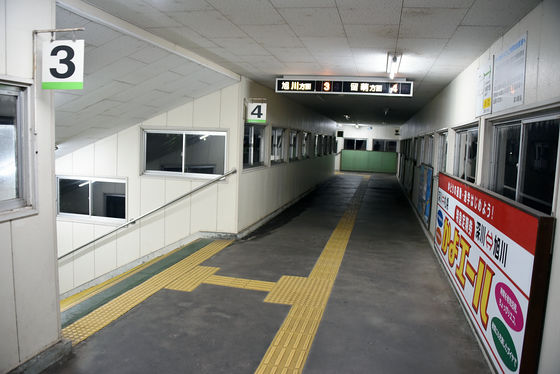
Kiha 54 type for hair growth waiting for departure.
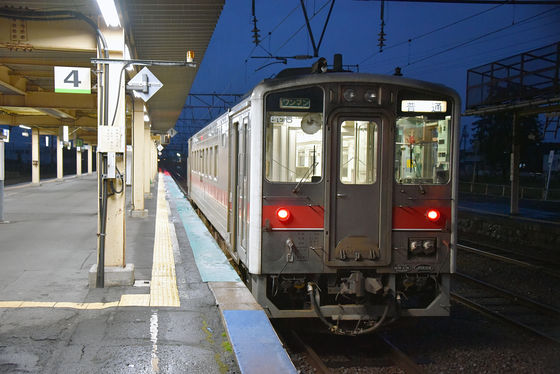
Looking at the departure timetable of the station, it seems that there are three trains every hour from morning till night, but the direction of Rumoi is only on the right end.
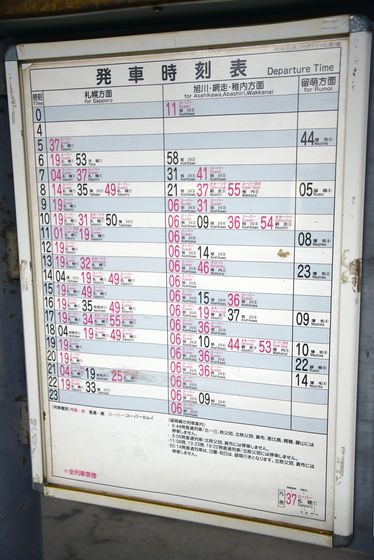
Some regular trains pass through stations on the way.
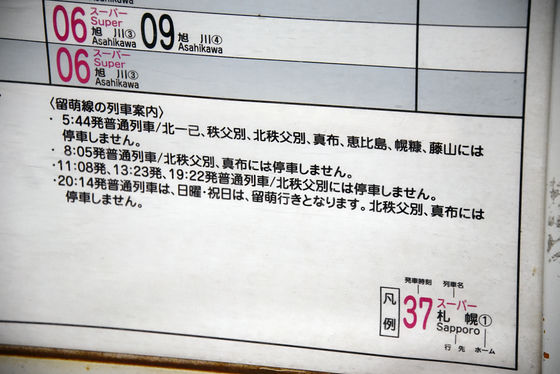
Eventually, Super Kamui No. 2 arrived.
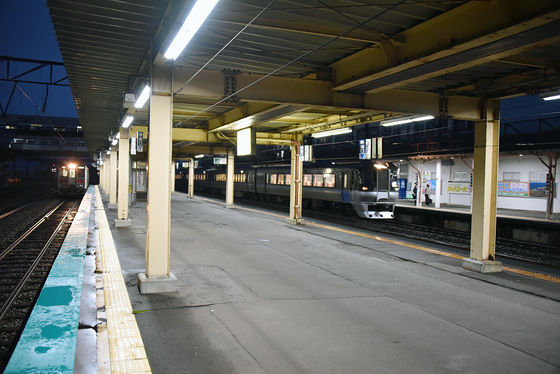
With a 5-car train, you can see people getting on board even at this time. As expected, no one got off.

From here, the Rumoi Main Line heads northwest toward Rumoi City. Although this train is a regular train, it has many passing stations, so I will follow it so as not to be late.
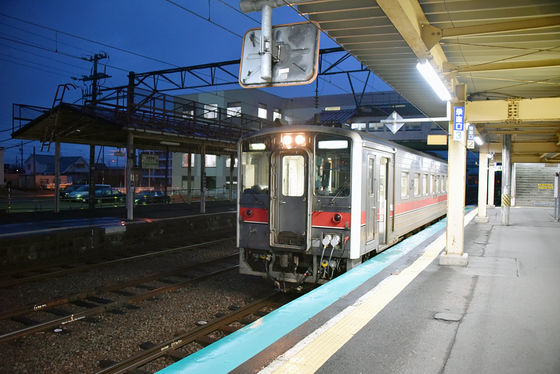
◆ Fukagawa Rumoi Expressway
The 'Fukagawa Rumoi Expressway' is built from the Fukagawa JCT on the Hokkaido Expressway to the direction of Rumoi. There is a charge for the first IC, Fukagawa-nishi IC, but you can use it as a national highway 233 bypass for free after Fukagawa-nishi IC.
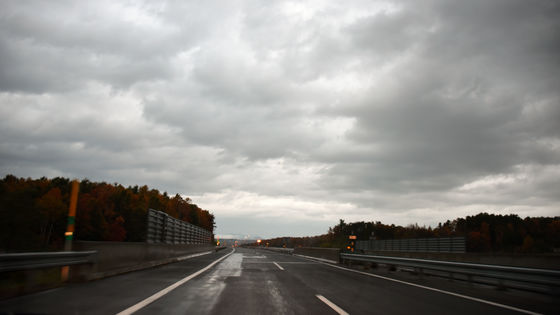
An iron bridge on the Rumoi Main Line near Ishikari-Numata Station, which you can glimpse from the train window.

The Fukagawa Rumoi Road is scheduled to be built up to the Rumoi IC, but the final section is still under construction, so get off at the Rumoi Owada IC just before that.
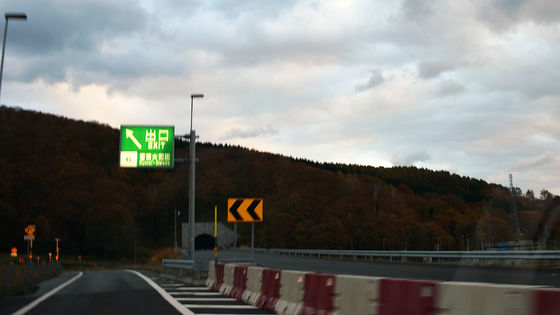
◆ Owada Station
There is Owada station just a short distance from Rumoi-Owada IC, so I stopped by. The waiting room is a reused freight car.
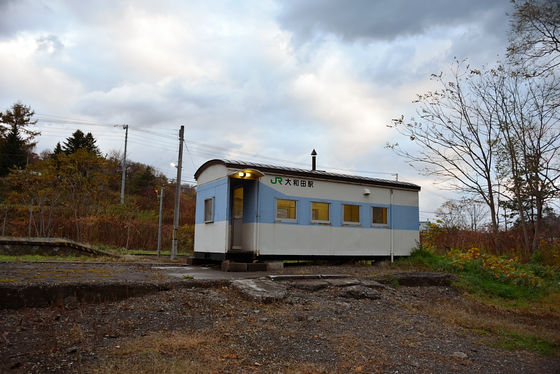
The inside was quite old.
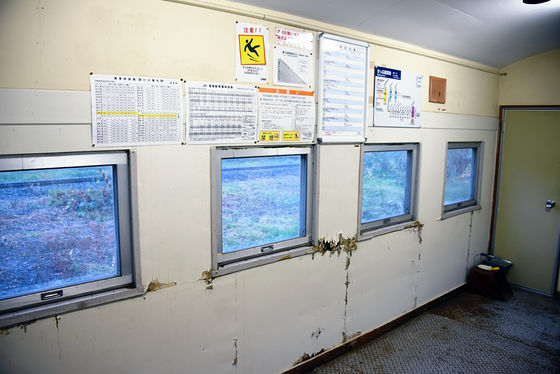
It takes about 6 minutes from Owada station to Rumoi station. It takes about 12 minutes (5.9km) by car.
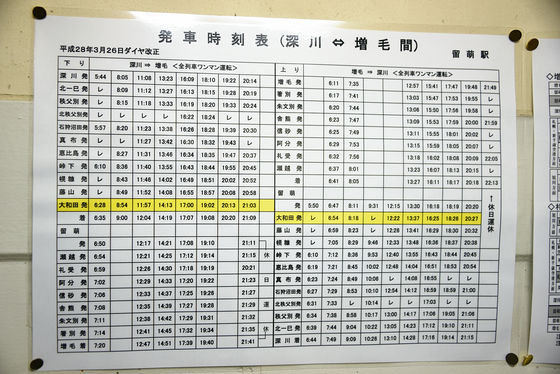
Station notebook placed on the bench.
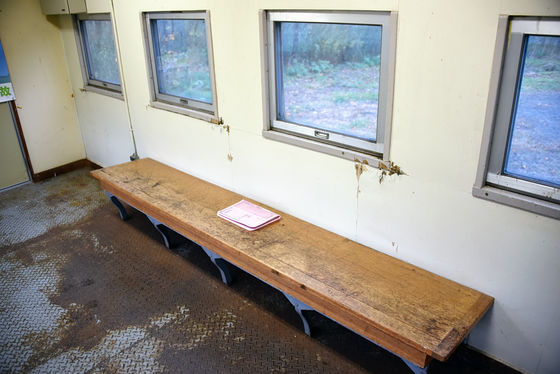
The platform continued unpaved from the station site without any breaks.
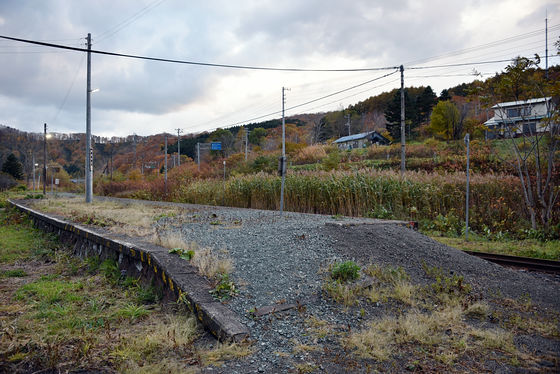
The direction of Fukagawa looks like this. The national highway runs under the blue sign on the right side of the photo.
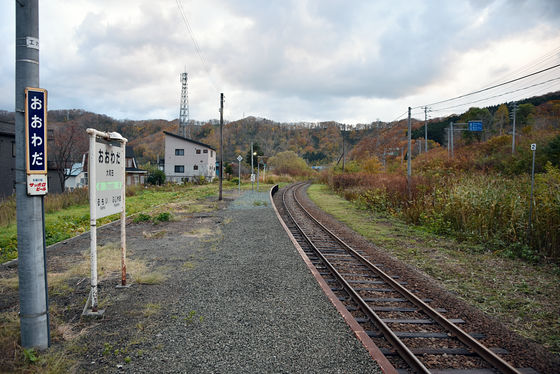
The waiting room and Rumoi area look like this.
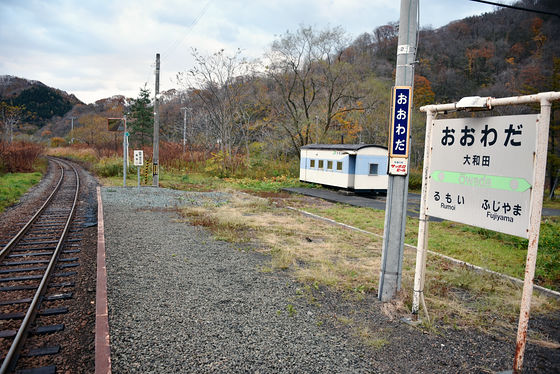
Immediately after passing around this Owada station, you can see the elevated Fukagawa Rumoi Expressway.
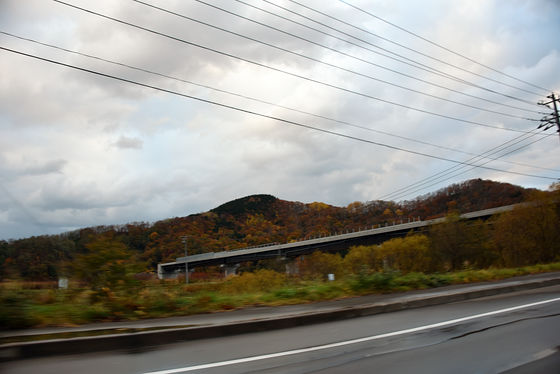
◆ Rumoi Station
It takes about 1 hour from Fukagawa station to reach Rumoi station.
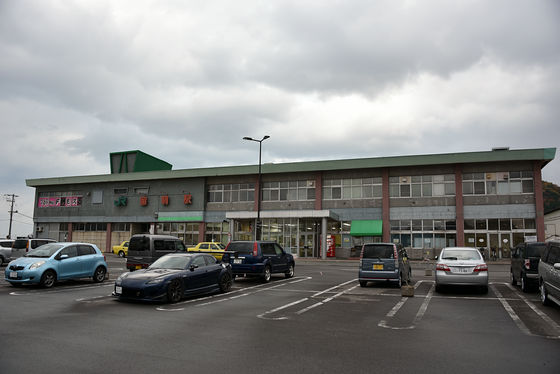
KAZUMO was waiting in the station yard.
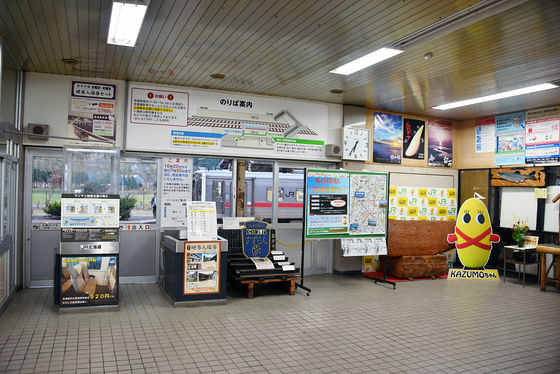
Rumoi is famous for Kazunoko.
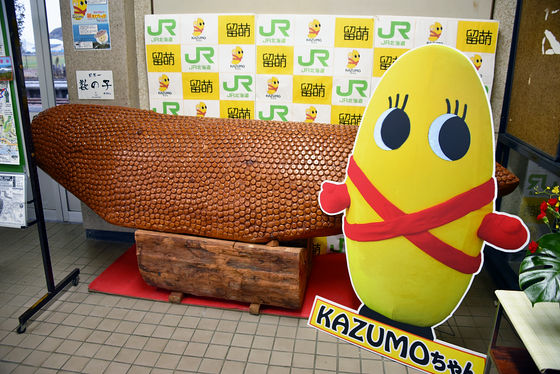
Reunited with a distant train at Fukagawa station.
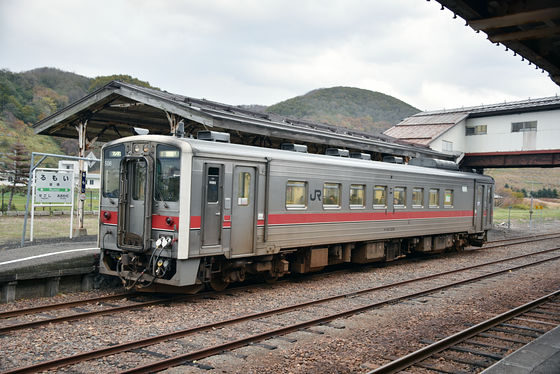
At Rumoi Station, there is a crossing with the train coming from the direction of Mashike.

'Rapid' is displayed on trains coming from the direction of Mashike.
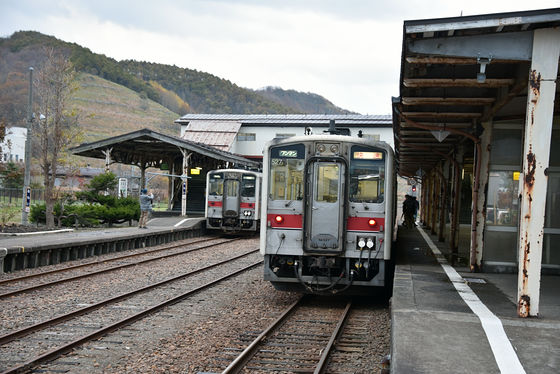
Moreover, it was a 2-car train.
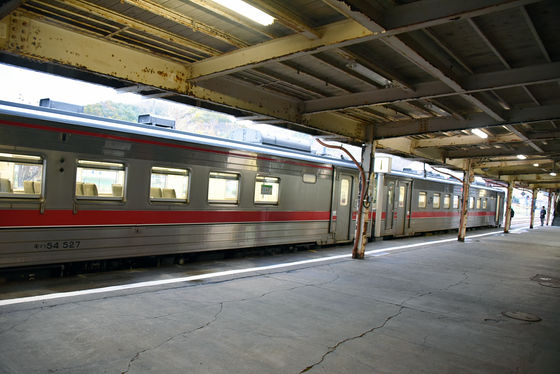
However, 'normal' is displayed on the vehicle in front.
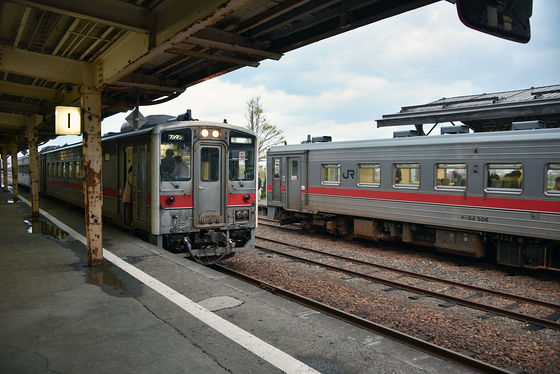
Looking from the overpass, it looks like this.
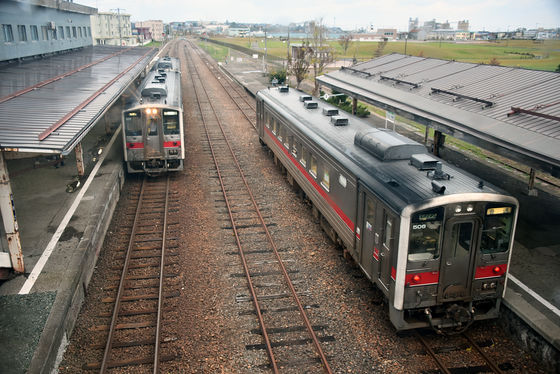
Information on the platform inside the overpass. Probably, it is not fixed like 'Line 1 for Mashike, Line 2 for Fukagawa', so I think that it is a method that lights up every time a train arrives, but at this time both are stopped. Nevertheless, it was not lit. Maybe it's not used anymore.
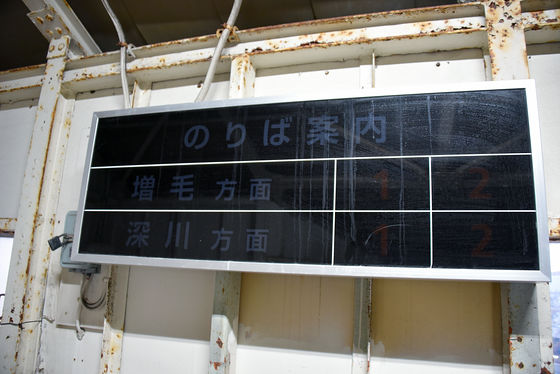
Similar to Fukagawa Station, the history of Rumoi Station-Mashike Station was exhibited in the station building.
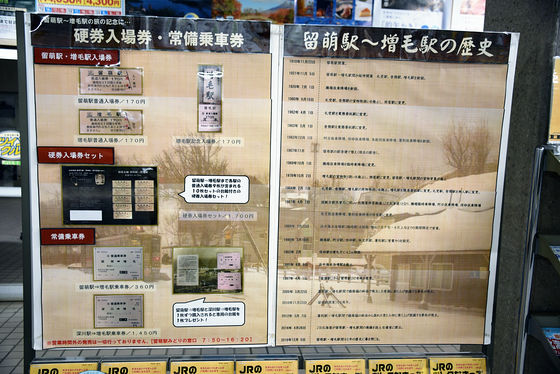
This is more detailed, and the introduction of each station is also available.
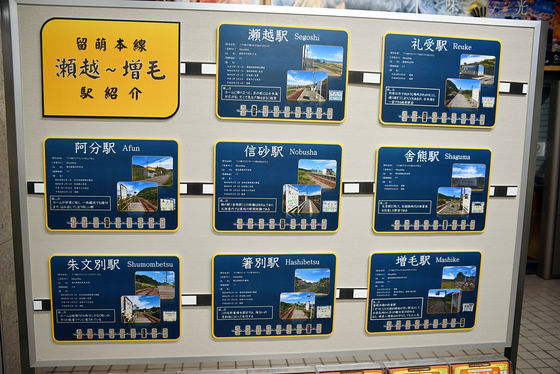
It seems that the NHK serial TV novel '
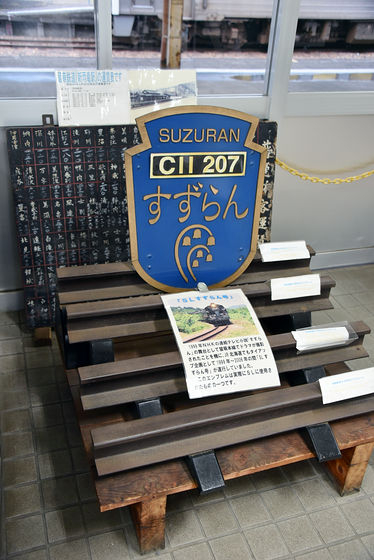
And there is also a photo exhibition of 'Goodbye' Mashike Line ''.
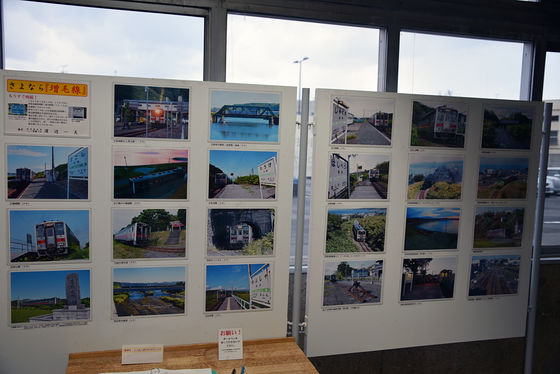
In addition to the SL Suzuran, there are also photos of the spring tradition of 'Mashike Norokko'.
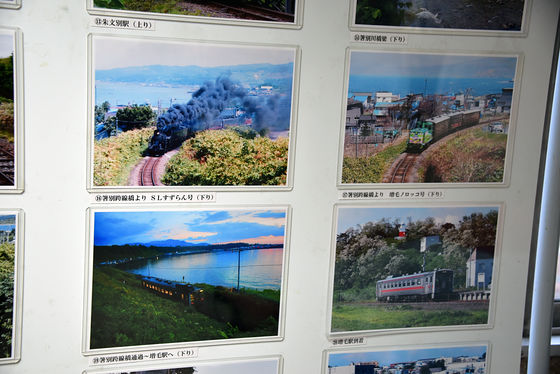
This is the 'Nostalgic Rumoi Main Line' provided by the Rumoi City Board of Education.
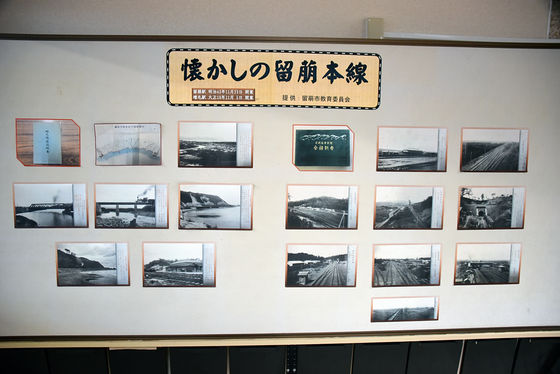
The Rumoi Main Line was opened between Fukagawa and Rumoi on November 23, 1910 (Meiji 43), followed by the Rumoi and Mashike section on November 5, 1921 (Taisho 10). The appearance of Rumoi about 100 years ago is like this.
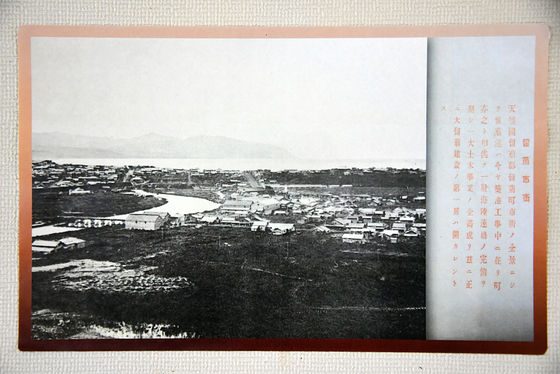
On the way from Rumoi to Mashike, there was a part where the cliff protruded like a beak, the railroad pierced the cliff with the Afun tunnel, and the road went around to the fishing village of Afun with a pier. is.

Mashike station at the end. Mashike was a famous town for herring fishing.
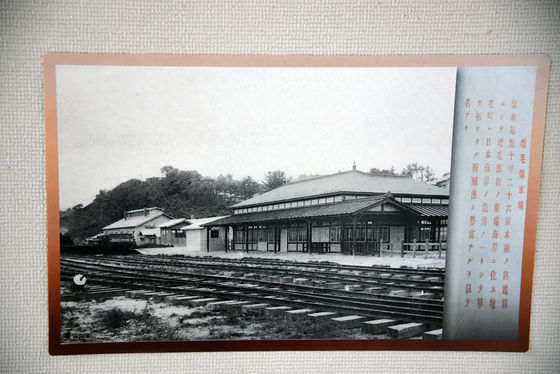
'Rumoi stop' where you can feel the atmosphere that is similar to the present.

The whole view of the stop is really different from now.
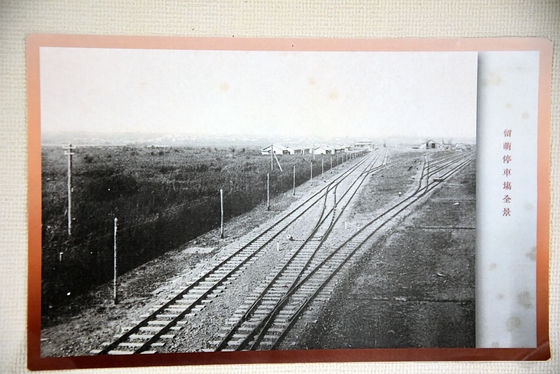
Most of this large stop is now maintained as 'Senba Park'.
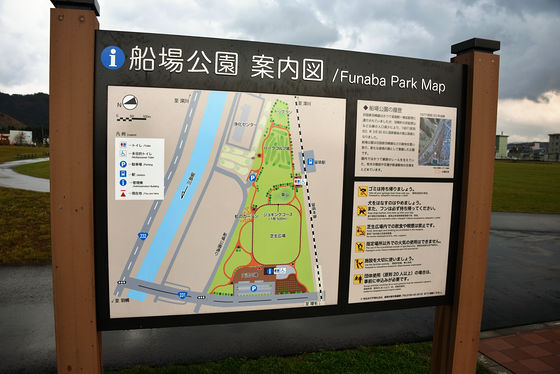
Originally, in addition to the Rumoi Main Line, there was a line called the Haboro Line that connects Rumoi Station with the Soya Main Line and Horonobe Station, but it was abolished on March 30, 1987.
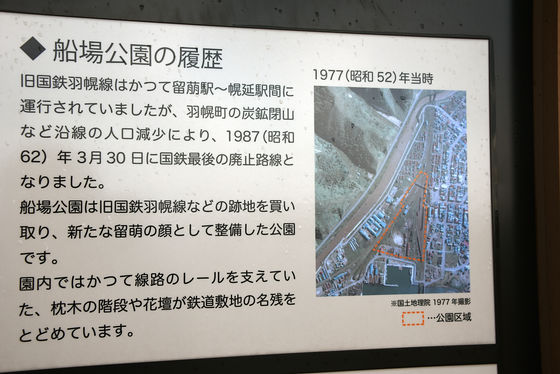
A vast park. The green building on the far right is Rumoi Station.

A new road was being built along the park.

The loose curve feels like an abandoned railway track, but the abandoned railway track on the Haboro Line turns a little further north (on the right side of the photo) from the front of the intersection.
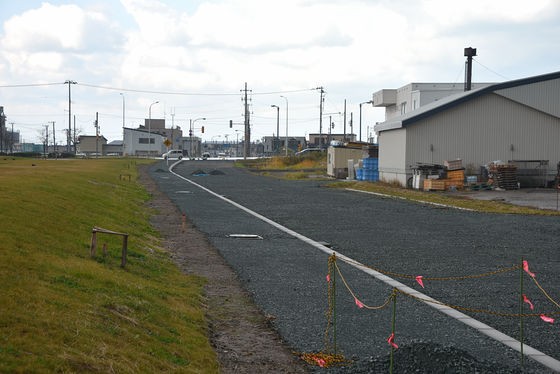
The

In JR Hokkaido, this section has an operating ratio (expenditure when income is 100) of 1000, including the Taguma Line (between Hokkaido Medical University Station and Shin-Totsukawa Station) and the Nemuro Line (between Furano Station and Shintoku Station). Since it is a crossed route, he is thinking of switching to a bus. The Fukagawa Rumoi Expressway is scheduled to be fully operated in 2019, while maintaining the Rumoi Main Line will require about 3 billion yen over the next 20 years as maintenance and renewal costs for aging civil engineering structures in addition to normal costs. So it seems difficult to change this flow anymore.

From here onward is the section between Rumoi and Mashike, which has already been decided to be abolished.
・ Continued
I went to see the Rumoi Main Line, which is about 100 years old [Rumoi-Mashike] --GIGAZINE

Related Posts:
